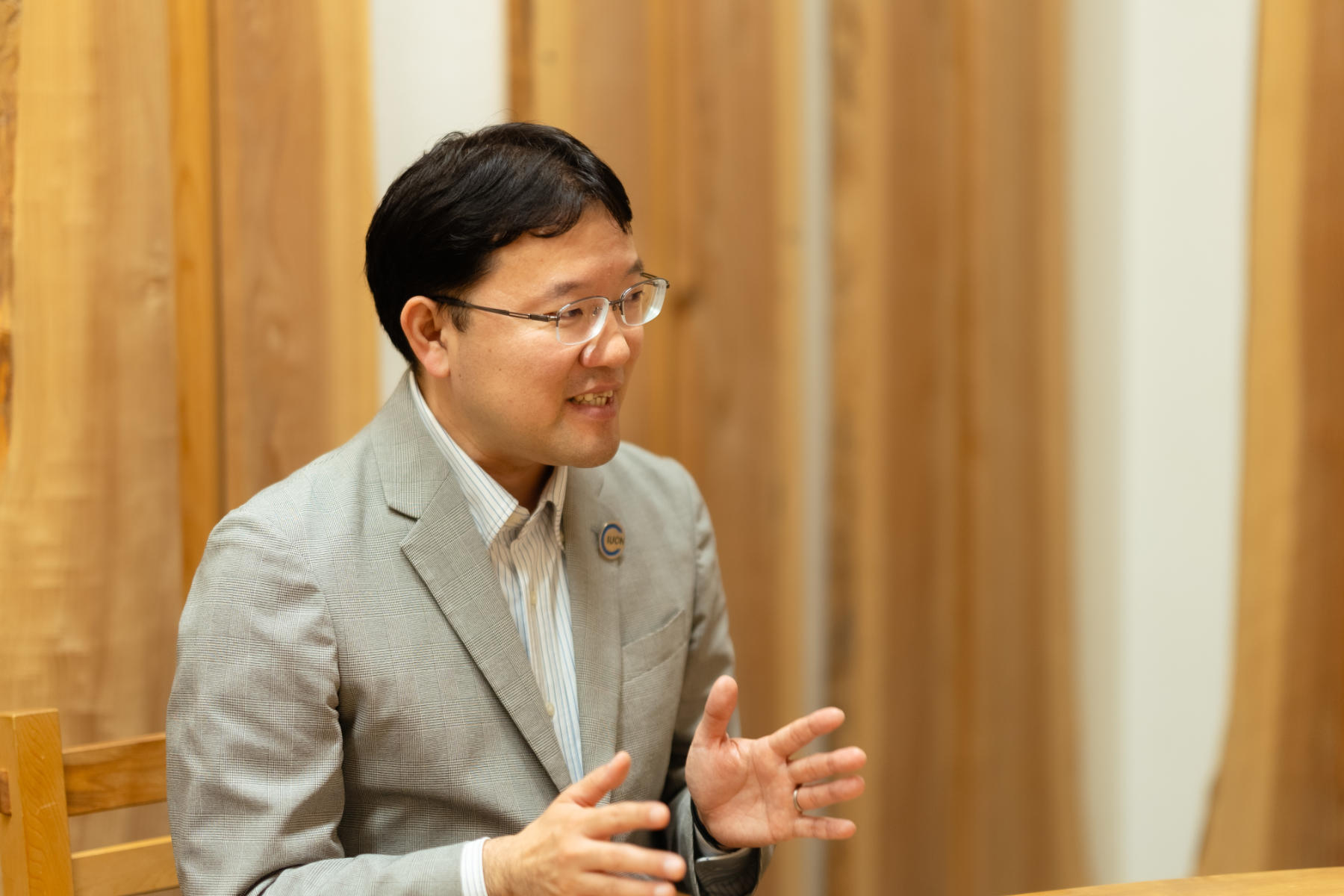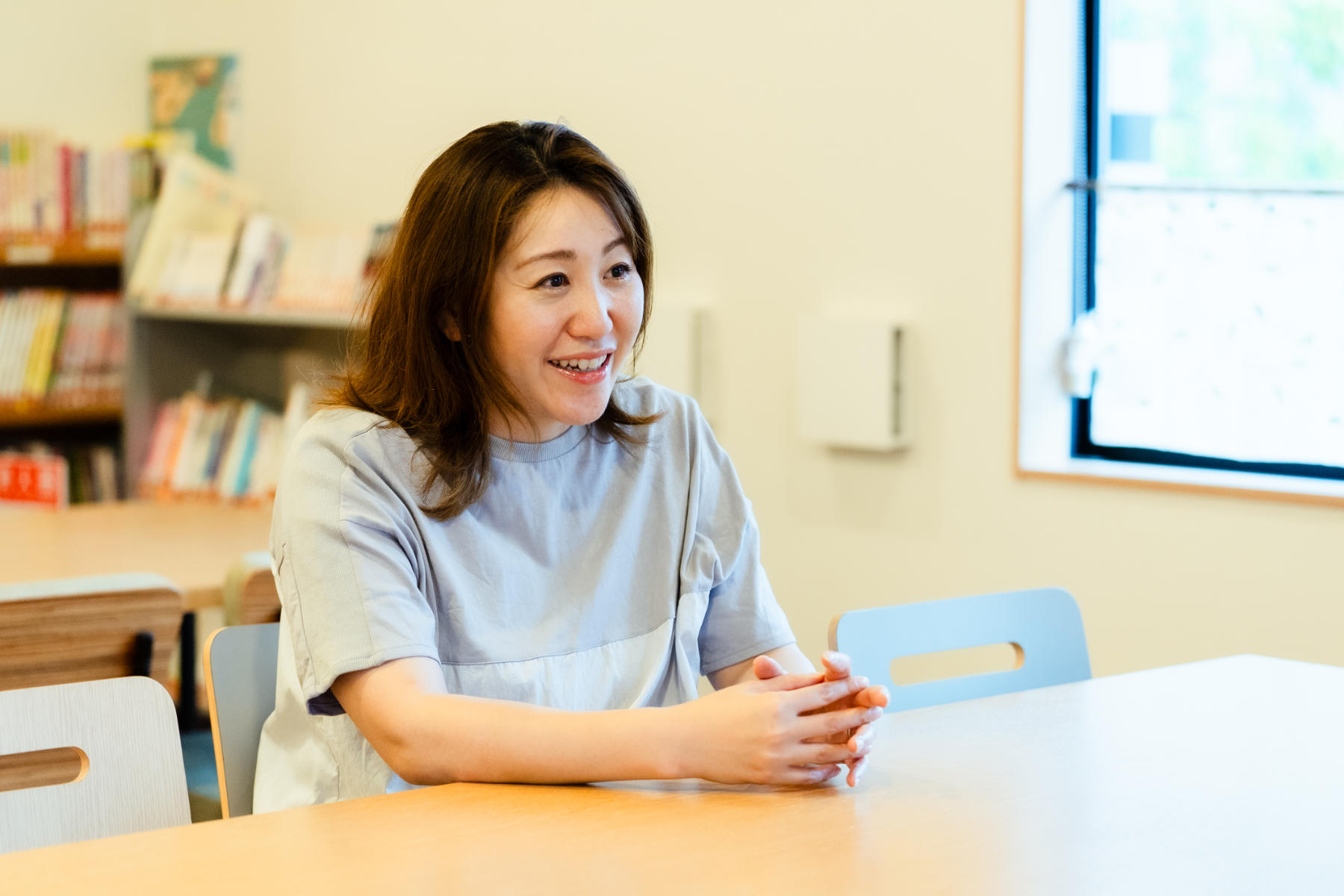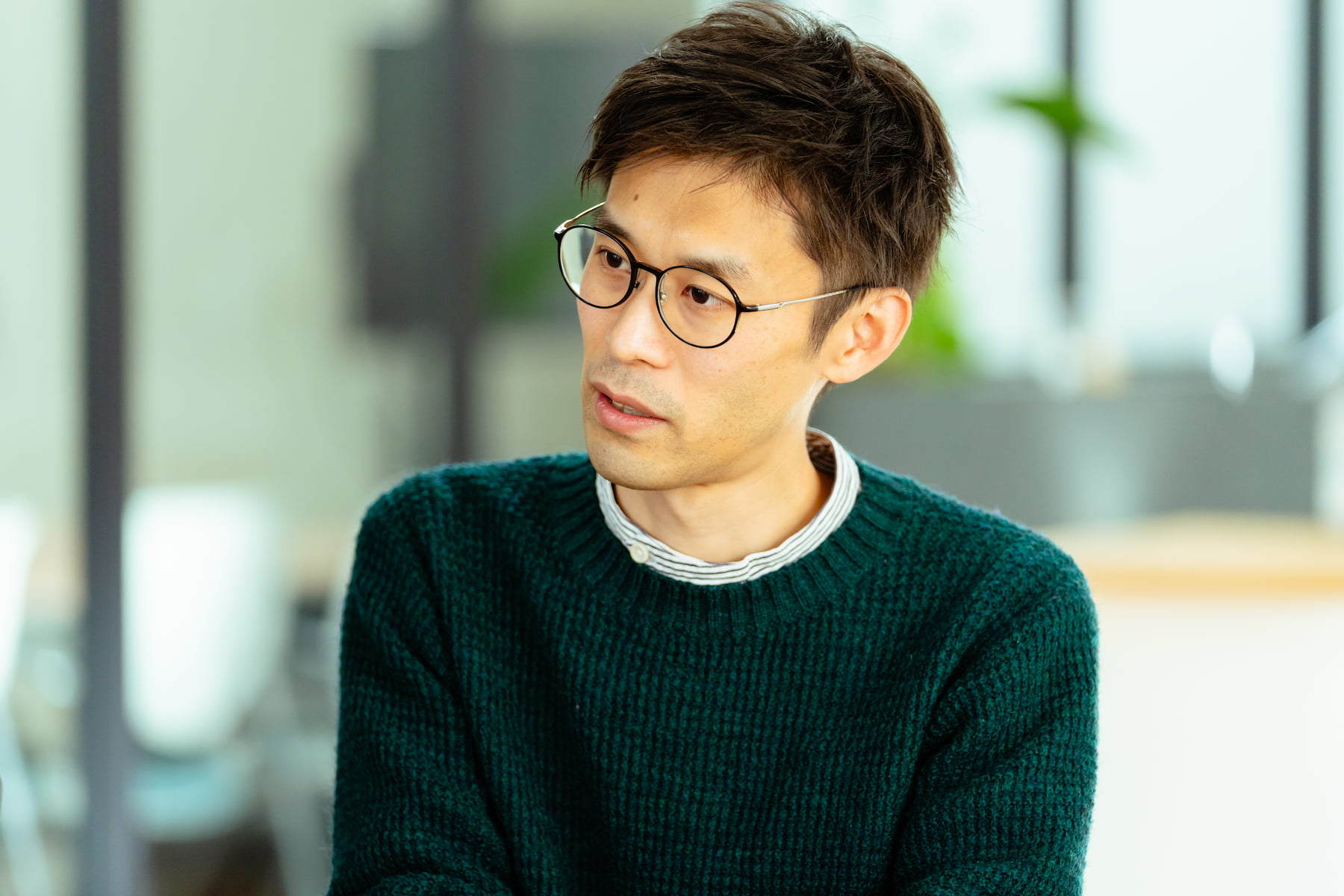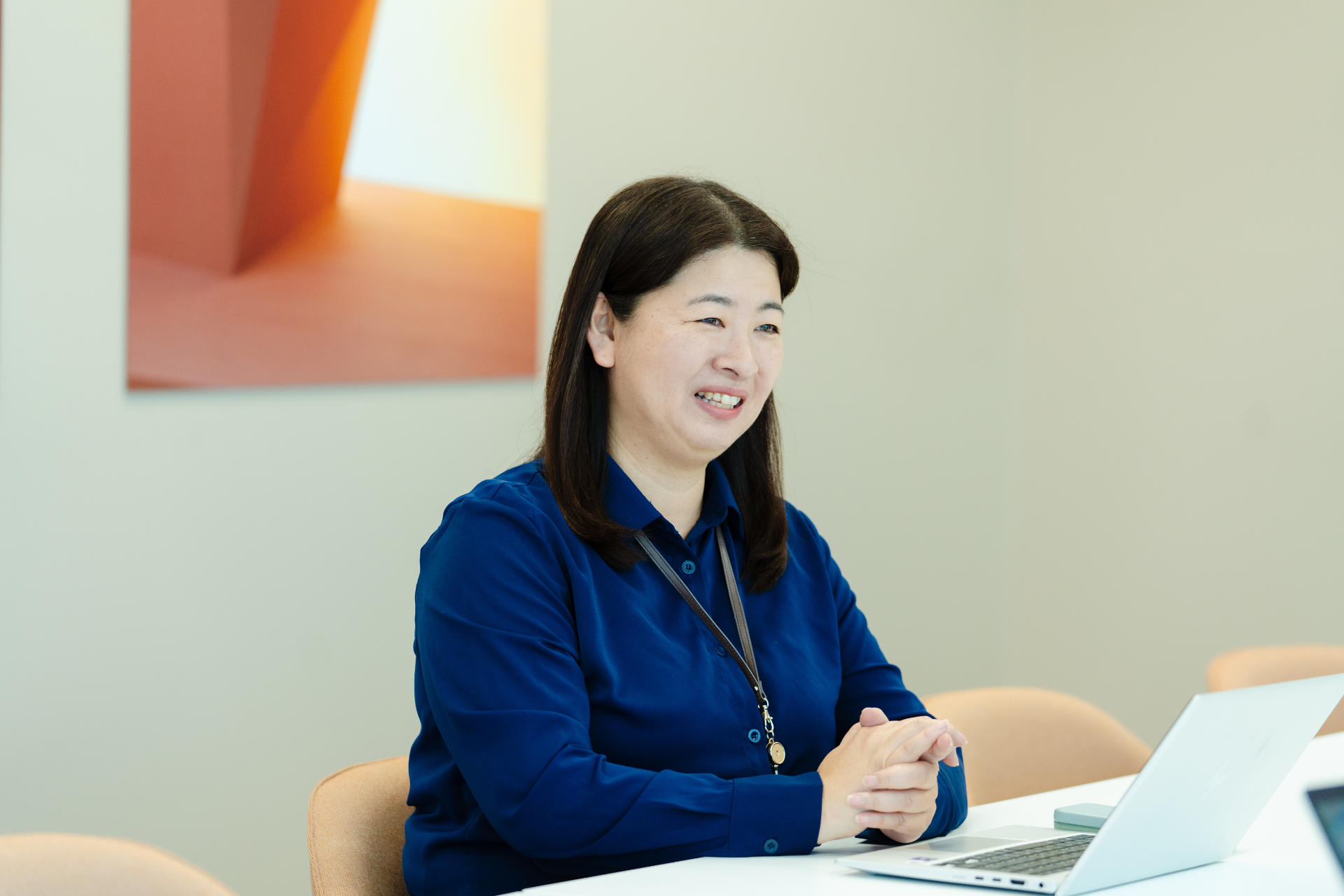CASE 30
Center for Diversity and Collaboration, Ryutsu Keizai University
(Feb 1, 2022 - Mar 31, 2023)
Your tailored support helped us to develop a plan for the future.
Ryutsu Keizai University established the Center for Diversity and Collaboration in April 2022, as part of an effort to create a campus where no-one is left behind. In advance of the launch, Future Sessions Inc. introduced Hitoshizuku Inc. to the project. Hitoshizuku offered support on organizational structure, while Future Sessions facilitated internal dialogue, allowing students and staff to find out what the center should be working on. The format of this support was adjusted in response to internal factors, and external communication needs. We asked the center's director about the difficulties of launching the organization, and how Hitoshizuku was able to help.
At first, we couldn’t define our own organization.
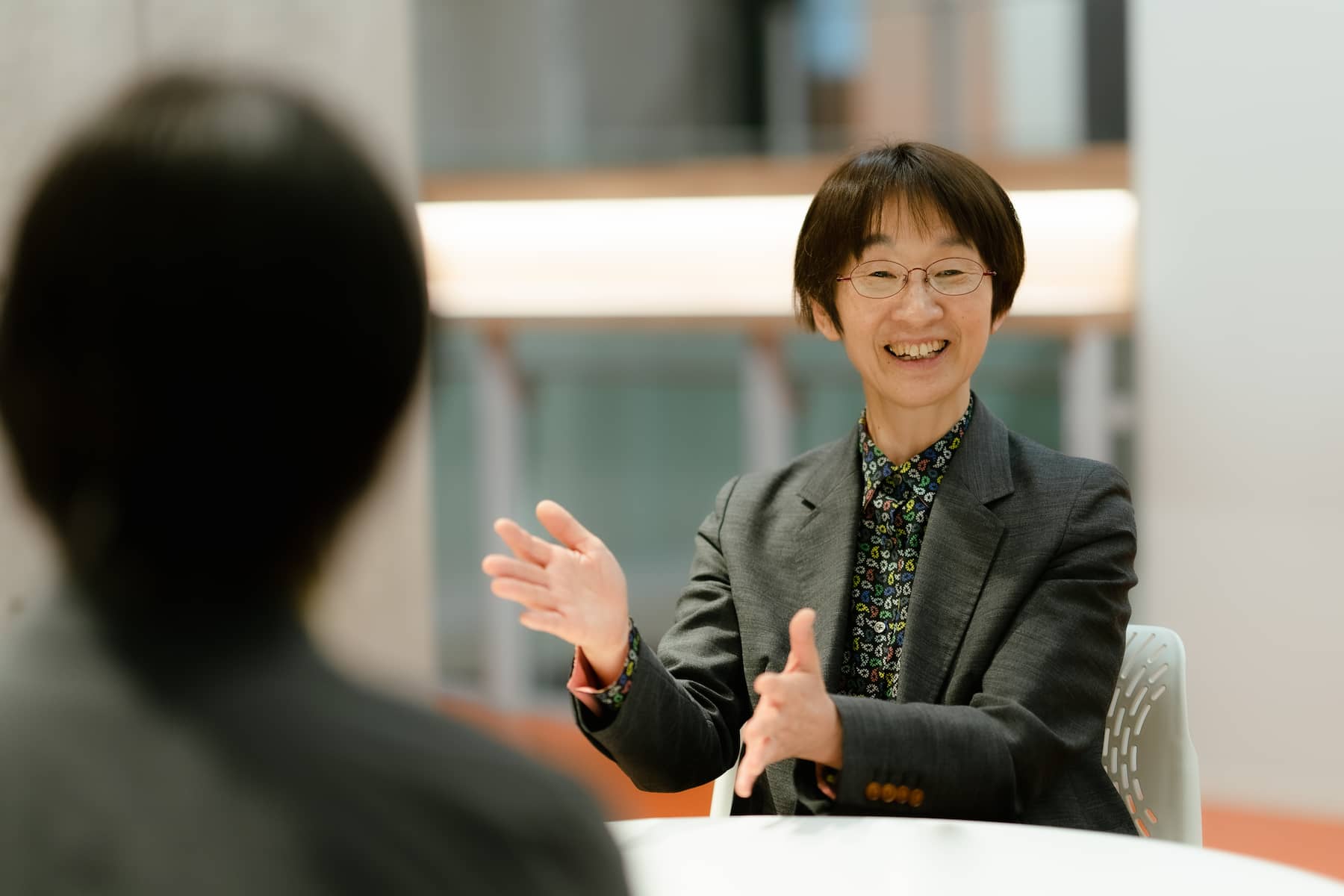
Hiromi Miki, Director, Center for Diversity and Collaboration, Ryutsu Keizai University
Yuki Takeuchi, Project Manager, Hitoshizuku Inc. (Takeuchi):
We supported the Center for Diversity and Collaboration for a year. Before contacting us, what challenges were you facing?
Hiromi Miki, Director, Center for Diversity and Collaboration, Ryutsu Keizai University (Miki):
At first, I found it difficult to express what we needed. I spent a lot of time speaking to Kokubo-san (Hitoshizuku’s CEO), and making requests. Even after the center was established, its staff—including myself—didn’t have a clear vision of the future.
I’d been thinking about diversity even before becoming the center’s director. It doesn’t just refer to women, people with disabilities, and people in the LGBTQ+ community. And it’s not about one group offering support, and another receiving it. Everyone’s needs are different. I felt that mutual aid was crucial for achieving and maintaining the university’s goal of “a campus where no-one is left behind.” We shouldn’t simply support certain groups. And I shouldn’t just decide what actions to take. The center should be a place of discussion, where a diverse range of people talk about what the campus needs, and decide upon a course of action together.
However, it wasn’t easy to communicate these thoughts to others, both in and outside of the center. And some outsiders thought it was our job to solve any diversity-related problem.
Hitoshizuku work with many organizations to address social issues. I wanted to ask you to help us promote the center, but we hadn’t confirmed our structure, so we weren’t ready to conduct PR.
I thought it was important for everyone involved to understand my ideas, so that was the first thing I asked you to help with.
Takeuchi:
It seemed like the management were struggling to define what the center’s purpose was.
Miki:
Everyone assumed that I would develop policies, and give them instructions. They often asked, “What should I do?” But giving orders from the top down isn’t how you achieve a sustainable form of diversity. So I told them I wanted to take a collaborative approach.
But your role soon evolved beyond that initial request. Sorry about that.
Takeuchi:
Don’t mention it. You wanted a flat structure, where lots of people can share opinions, and make decisions. It’s a pretty unusual approach, so it took time for people in and outside of the organization to understand it.
You tailored your support based on changing circumstances
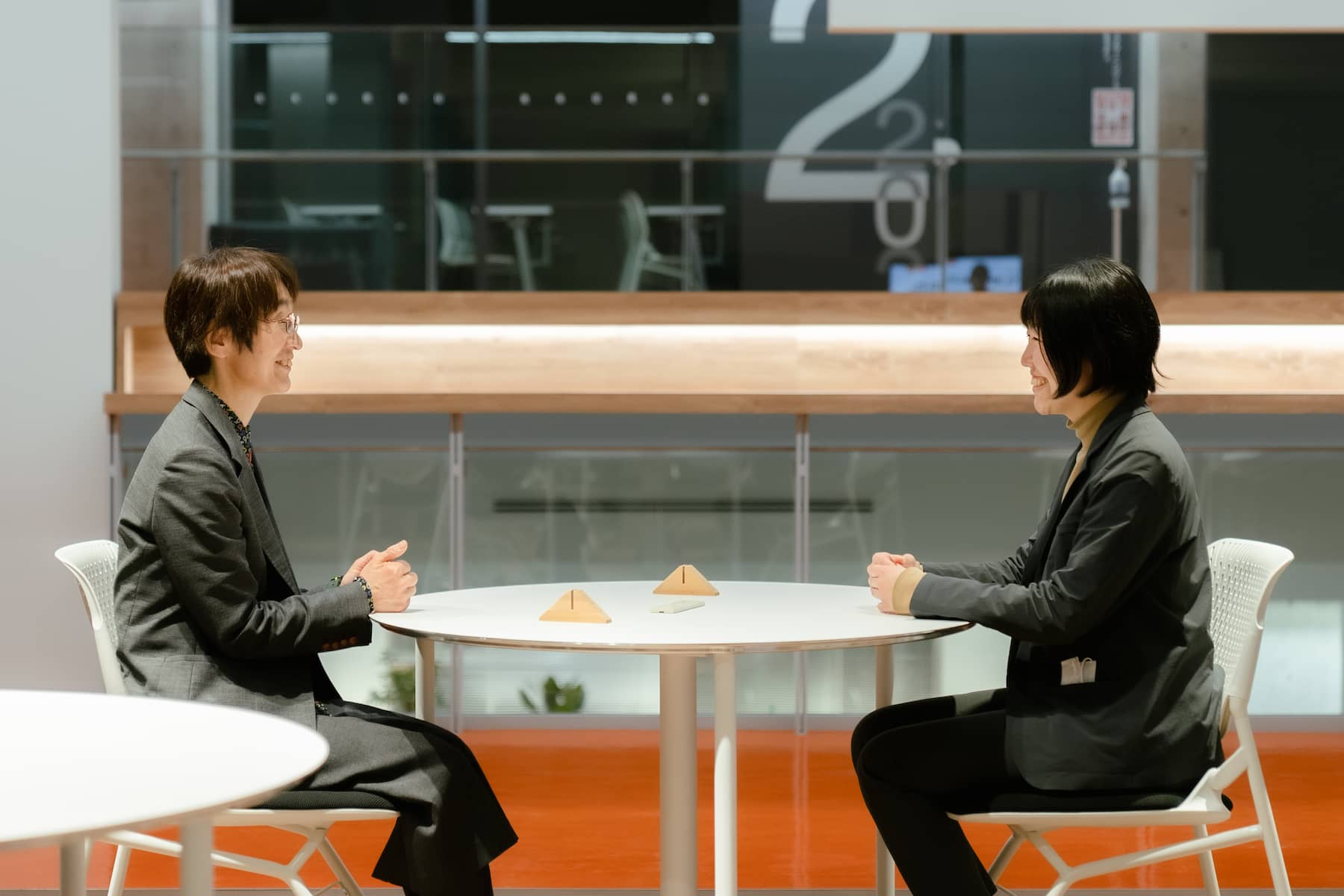
“To create a campus that leaves no-one behind and works towards the SDGs it’s important to take a steady approach.”
Takeuchi:
What was positive about Hitoshizuku’s involvement? Were there any negatives?
Miki:
At first, I wanted Hitoshizuku to develop keywords and messages that would help explain my ideas to my staff. What you ended up doing first was clerical work. You created individual action plans, defined job roles, and scheduled meetings. I thought it was the type of work we could carry out ourselves.
But it soon became clear that I hadn’t grasped the issues that the staff and students were struggling with. When you came in and told them, “Let’s do this next,” or, “Ask us if there’s anything you don’t understand,” they seemed relieved. And as they settled into their daily routines, they began to notice things on their own.
Takeuchi:
What changes did you notice during the year that we spent working together?
Miki:
Recently, at an event we hosted, one of our staff members confidently told the audience about the center, and explained exactly what we do. And I vehemently agreed with every word. After a year, we are able to verbalize our role. It’s a big improvement. And it didn’t come directly from me. Thanks to Hitoshizuku, that staff member was able to absorb my ideas, and articulate them in their own way.
Takeuchi:
That was a good moment. It made us realize how far we’ve come. Has there been a change in your expectations for Hitoshizuku?
Miki:
Yes. After we resolved our internal communication issues, we needed to tell the outside world what we’re doing. And you gave us a lot of advice on that. The focus of your support shifted from internal to external. That was difficult to get used to, because internal communication was the initial reason for your involvement.
Takeuchi:
We didn’t have a full understanding of your PR preferences. So while trying different things, we may have caused you some inconvenience. One activity involved the center’s staff members. We published articles about them, detailing their thoughts and backgrounds.
Miki:
I wasn’t sure whether the changing focus of your support was good or bad. In the end, it was a success, because working on our external communication actually deepened our internal understanding. But along the way, I didn’t know if we were doing the right thing.
Unifying the center built up our external relationships.
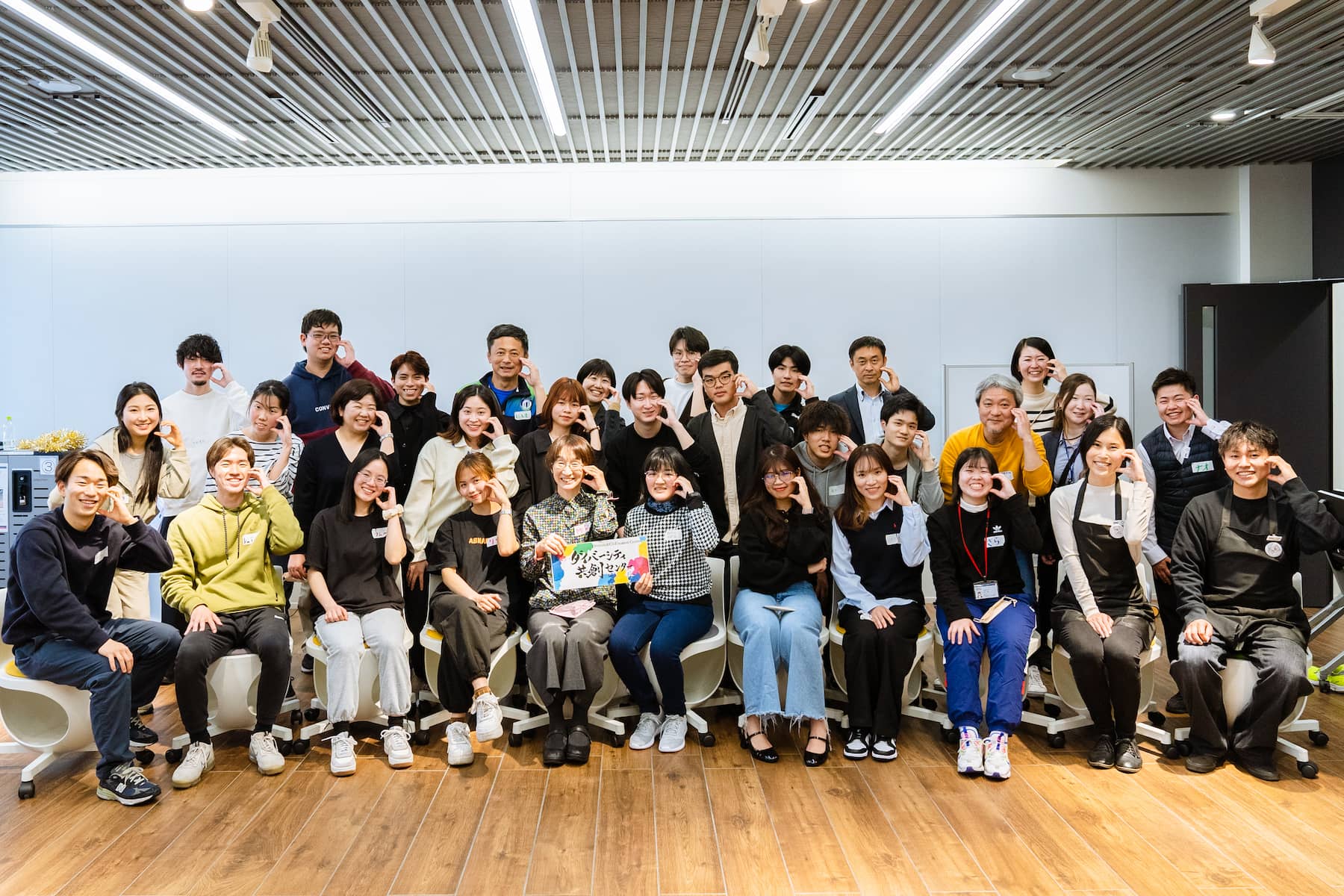
A “Gratitude Exchange Session,” held on March 6, 2023
Takeuchi:
What would you like the Center for Diversity and Collaboration to work on the future, and what are your expectations for Hitoshizuku?
Miki:
Ove the course of our first year, our activities have slowly been recognized. It feels like we’re entering the next phase. It’s very gratifying when people working on social issues compliment our work. And that gives us the opportunity to learn from what other organizations are doing. If we challenge ourselves, and make new connections, it will lead to new forms of action. And it would be good to have Hitoshizuku’s support.
Takeuchi:
After a year’s work, the future has steadily come into view. It’s become clear, once again, how difficult it can be to communicate within a university environment. But it’s been an honor to work with the center since the beginning, and take on that challenge together. There was a lot of trial and error, but in the end I feel we made a positive contribution, so I hope we can build on that in the future.
Miki:
Absolutely. Universities are very different to companies. In a way, they have more freedom—it would be difficult for a company to experiment, with no expectation of profit. Universities often try new things, to give the students new experiences. We do that at the center, too. Some of these initiatives are successful, and some aren’t. But I think many are useful in areas other than business and university education. Moving forward, I’d like to build links with many external groups, and embrace new challenges.

Photography: Hiroyuki Horigome
Editing: Tsujihara Mayuki
Translation editing: Satomi Furukawa
RECENT WORKS
| Name | Hitoshizuku Inc. |
| Address | 33 Nihonodori Naka-ku Yokohama Kanagawa 231-0021 JAPAN |
| Branch | Hamacho Odawara Kanagawa 250-0004 JAPAN |
| Phone | 81 045 900 8611 |
| info@hitoshizuku.co.jp |
| President | Hiroshi Kokubo |
| Established | March 2016 |
| Capital | 3,000,000yen |
| Business | Advertising & Public Relations Agency Planning & Produciton of Social Good Projects |
| Lawyer | Junna Tei / Yokohama First Law Office |
| Tax Advisor | Satoru Motokoide / Uniques Money Advisory |
| Labor and Social Security Attorney Office Work Innovation | |


